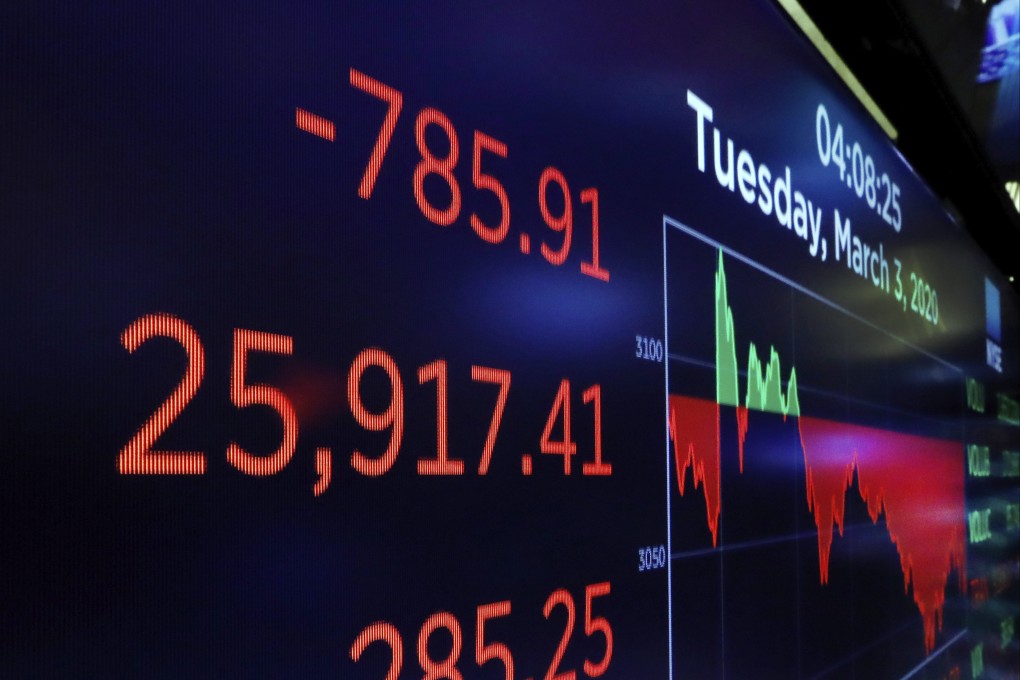Macroscope | Financial intermediaries must be kept in check to avoid a repeat of the 2020 turmoil
- Nonbank financial intermediaries have become intertwined with the rest of the financial system and their activities can affect the real economy, yet they remain poorly regulated
- Closer monitoring can reduce the likelihood of financial stress – and the need for central banks to step in

Investment funds and asset managers are playing an ever more crucial role in the financial system. They provide funding in areas that traditional banks do not cover, manage and share risks, and enhance innovation and economic growth.
Liquidity mismatches are common for prime money market and open-ended funds that hold illiquid investments but promise to convert their shares into cash on demand. At times of stress, this gives investors an incentive to get out before others. Faced with this demand in March 2020, funds hoarded liquidity rather than falling back on their buffers. As they sold assets, liquidity conditions deteriorated further, leading to a collapse in system-wide funding liquidity.
Stresses can spill over borders. NBFIs in some Asian emerging market economies, which have become significant creditors in global markets, were hit hard when US dollar funding dried up. The strains were particularly severe for institutions with dollar investments and local-currency debt, and who hedge the risk with short-term instruments such as FX swaps, themselves a source of hidden debt.
